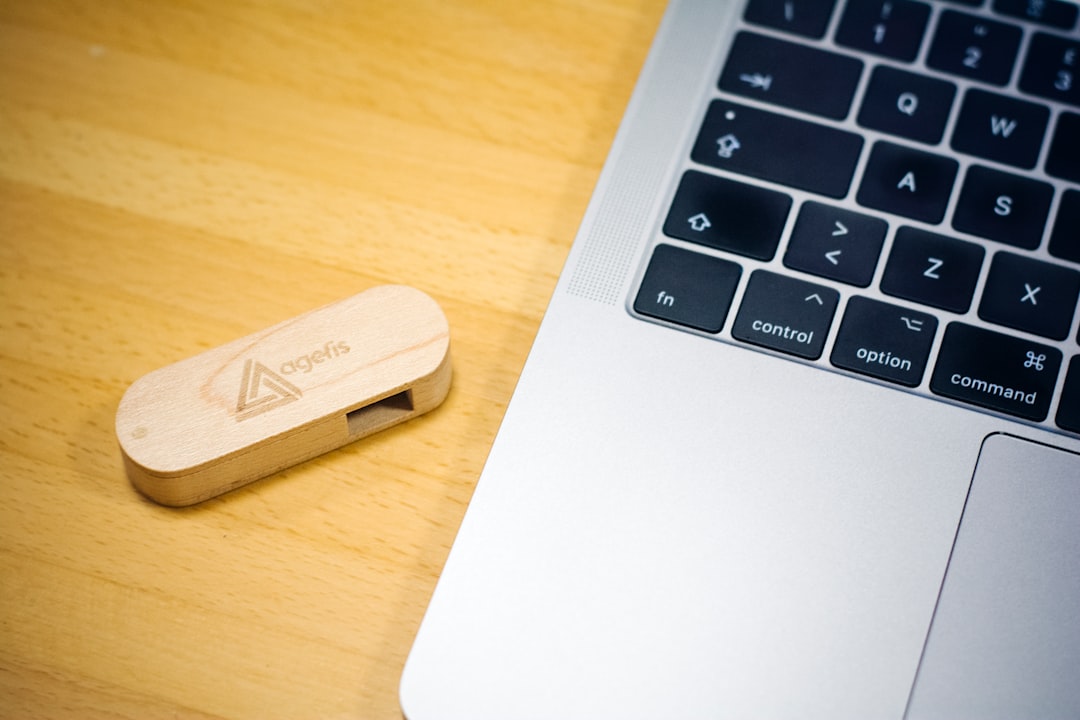I detail the actions to perform to install the macOS High Sierra 10.13 on a MacBook PRO model A1298 with micro Intel, from a bootable USB flash that I prepare in a Windows 10:
- Get the macOS dmg. I could not get it from Apple Store, possibly because I do not know how to do it, in other OS the installation ISO is lowered more easily according to my experience. And I got it looking as I say on the internet by downloading a dmg file of High Sierra 10.13 on the internet: macOS High Sierra 10.13.dmg (5.086.361 KB)
- Have an empty USB flash of at least 16 GB
- Prepare this USB flash to be visible by Windows and have all your space available by eliminating possible partitions you have. From the "Disk Manager" of the "Computer Manager" of Windows 10 leave the USB Flash started to be visible with Windows and appear in the file explorer.
- Once the USB flash appears in File Explorer, press Format that drive, and within that menu window press the "Restore defaults" button and format in FAT32. It can be done quick format.
- Once we have the USB flash ready for Windows, let's open a Windows console (cmd) as an administrator and prepare the USB flash for a Mac with the following commands on the USB flash disk:flash:
C:\WINDOWS\system32>diskpart
Microsoft DiskPart versión 10.0.19041.964
Copyright (C) Microsoft Corporation.
En el equipo: xxxxxxxxxxxxxxxx
DISKPART> list disk
Núm Disco Estado Tamaño Disp Din Gpt
---------- ---------- ------- ------- --- ---
Disco 0 En línea 476 GB 0 B *
Disco 1 En línea 14 GB 0 B *
DISKPART> select disk 1
DISKPART> clean
DISKPART> convert gpt
If the 'convert gpt' gives you any message regarding that it can not do it surely means that it is already gpt, and to ensure you can convert it to mbr and then gpt with the following two commands that are not necessary if the convert gtp works well:
DISKPART> convert mbr
DISKPART> convert gpt
DISKPART> create partition primary
DISKPART> exit
- Download TransMac that has a trial of 15 days and install it, and run it in Windows administrator mode. In the left panel of TransMac will appear all windows HD, and among them our USB flash. Select the USB flash and press the right mouse button and in the context menu that appears run "Format Disk for Mac". When that format finishes, we press the right mouse button on the USB flash element again and now select the option "Restore with Disk Image" where we must specify the dmg file of the macOS to install that we have.
- Once we have the USB flash ready for Mac and with the macOS to install we plug it into the Mac and start the Mac by pressing the start button and the Option key that we do not release until the list item of wifi networks appears (in my case) and the icon of the USB flash drive and an icon "Install macOS High Sierra" which is the one we have to press to continue with the installation process. More drives or items may appear depending on the installation state of the computer. Once pressed "Install macOS High Sierra" is to follow the installation process that in the initial part is like in a recovery process, and you must connect to a WIFI network in the upper left icon so that the installable has access to the internet and be able to make certain configurations. Very important: if the error "This copy of the Install macOS High Sierra application is damaged, and can't be used to install macOS" appears, perform the details in:
Depending on the case, it may be required to delete the existing partition definitions on the disk. This action is performed from the "Disk utility" option of "macOS Utilities". If you do not have available in the installation process "macOS Utilities" you always have it available by booting in recovery mode by turning on the Mac and then leaving the Cmd + R keys maintained.
